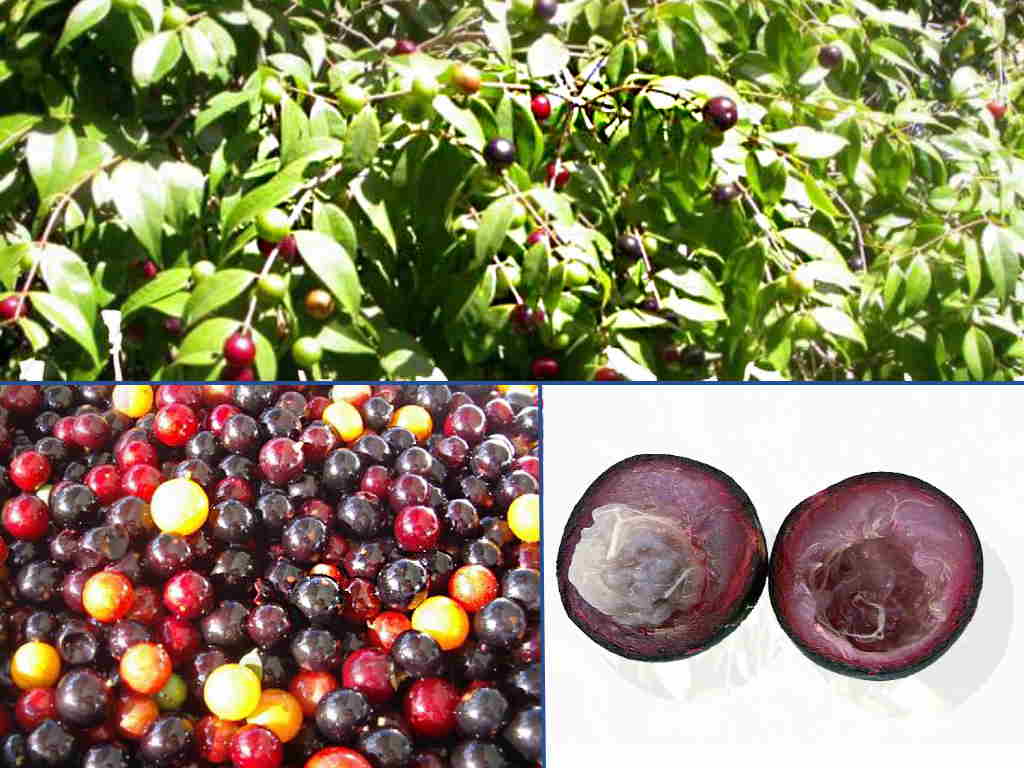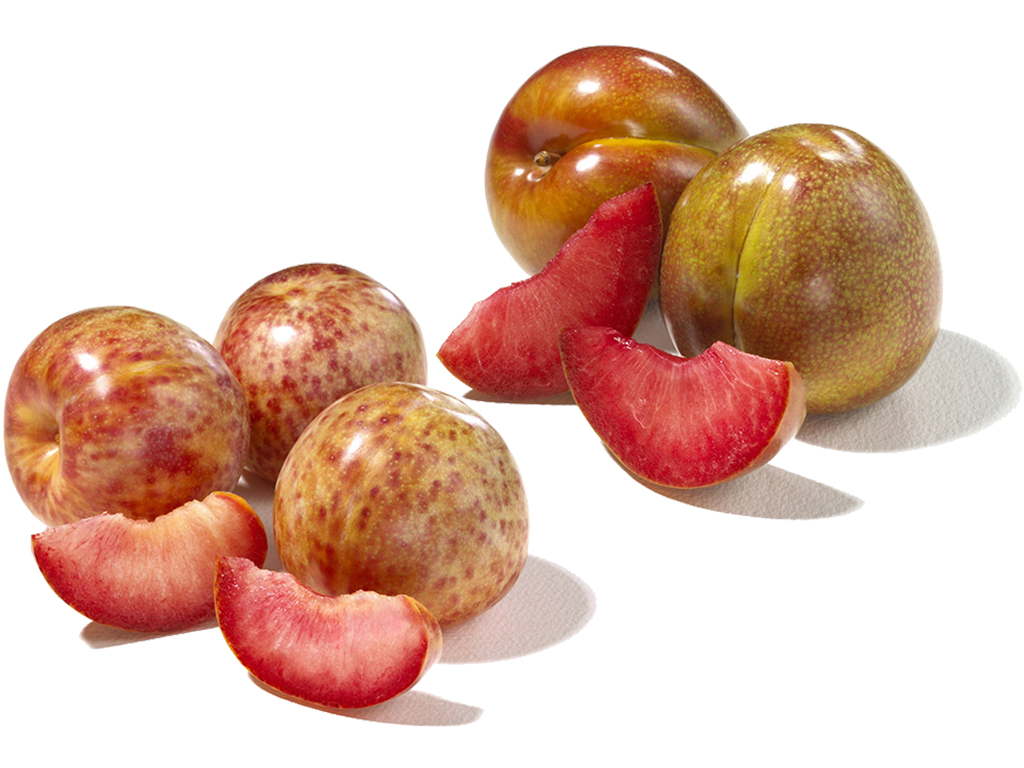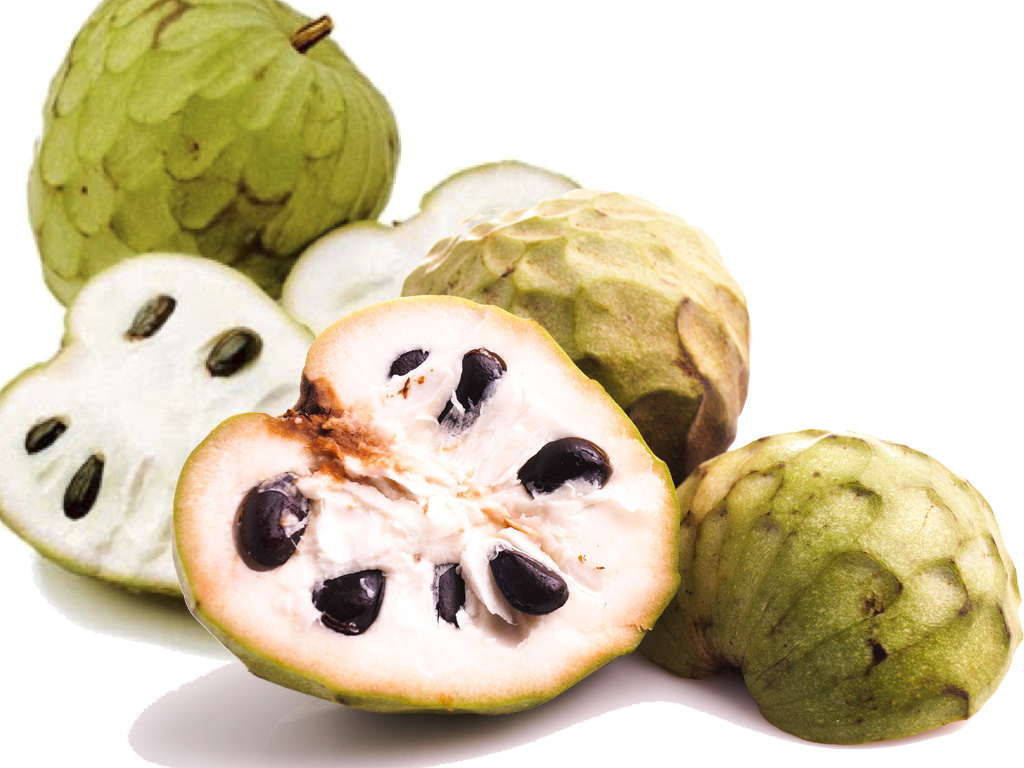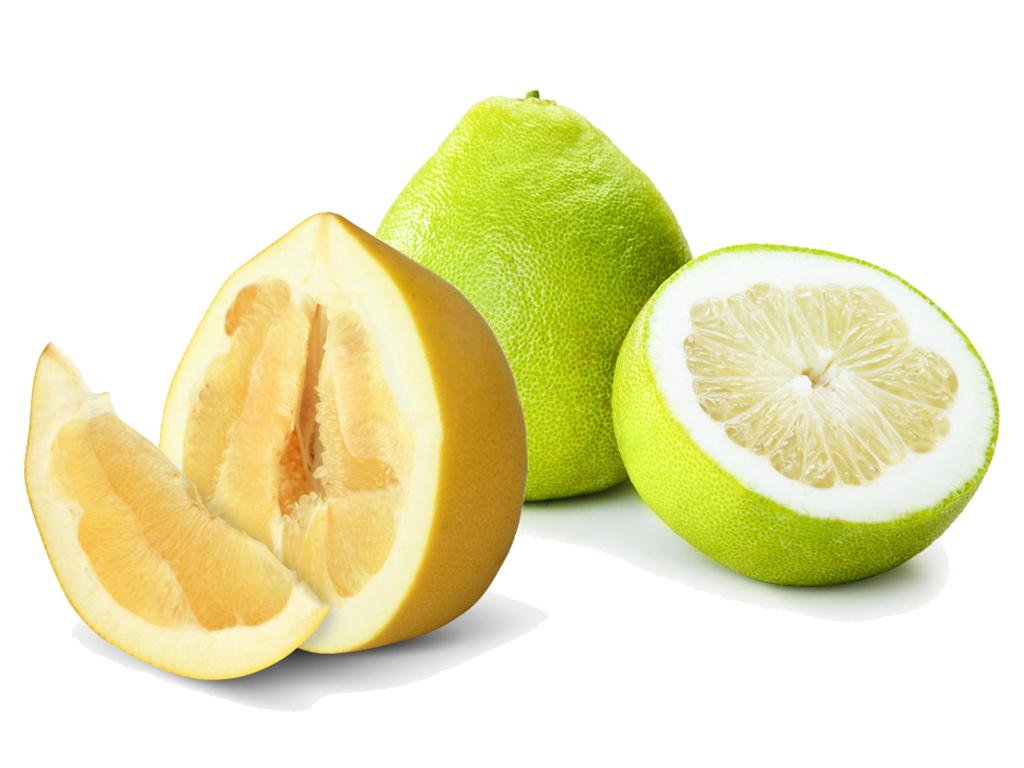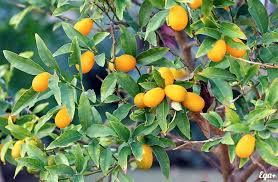Abacashi
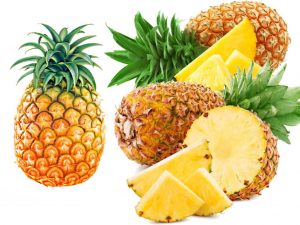 Abacashi (Abacaxi) is mainly grown in Brazil. Most readers, looking at a photograph of the fruit, will say that this is just pineapple and it has long been no longer exotic. But do not rush! Yes, “abakashi” (a word from the language of the Indian peoples tupi-guarani) is one of the varieties of this prickly fruit, but it is called for a different reason. Strictly speaking, in Portuguese, “abacaxi” and “ananás” are synonyms, but with this second, familiar word, they mean the usual fruit. At the same time, in the markets in Brazil and Portugal, people prefer to buy exactly “abacash,” which many consider to be a separate fruit.
Abacashi (Abacaxi) is mainly grown in Brazil. Most readers, looking at a photograph of the fruit, will say that this is just pineapple and it has long been no longer exotic. But do not rush! Yes, “abakashi” (a word from the language of the Indian peoples tupi-guarani) is one of the varieties of this prickly fruit, but it is called for a different reason. Strictly speaking, in Portuguese, “abacaxi” and “ananás” are synonyms, but with this second, familiar word, they mean the usual fruit. At the same time, in the markets in Brazil and Portugal, people prefer to buy exactly “abacash,” which many consider to be a separate fruit.
Abakashi is rounder, yellower, sweeter, juicier than ordinary pineapple (translated from the words of the Portuguese and Brazilians) and its price is higher. I repeat, this information was taken from the “natives”, that is, from people who know the differences not in theory but in practice, but for some reason in some articles you will find the opposite statement that abakashi is larger than pineapple and has an elongated shape …
Like other types of pineapples, abakashi is rich in sucrose, vitamin C, minerals (potassium, calcium, iron, magnesium, copper, zinc, manganese, iodine), it contains B vitamins and provitamin A.
With your permission, I will not add a simple pineapple, familiar to everyone, to the article, we will manage more exotic abakashi
